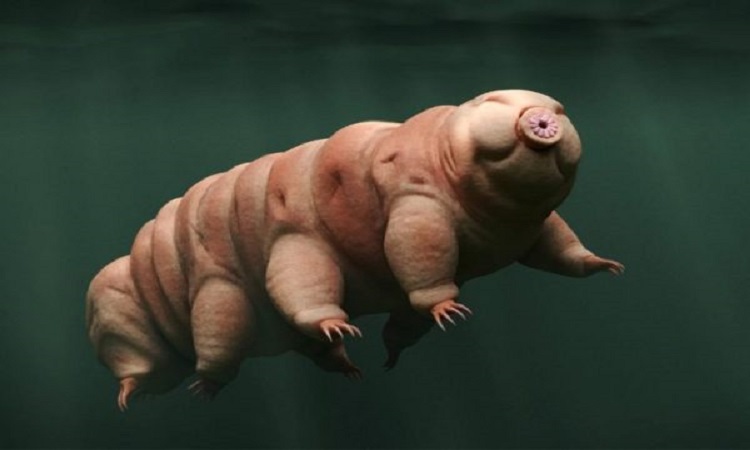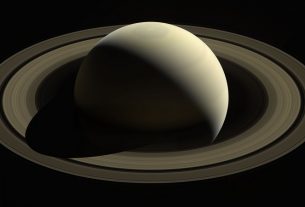Last April, the Israeli spacecraft Beresheet crashed into the Moon during a failed landing attempt. In doing so, thousands of tardigrades may have spread on the lunar surface.
Beresheet was a robotic landing module. It carried samples of human DNA, tardigrades and millions of pages of digitized books about the human species.
DNA samples and tardigrades were sealed in a resin layer next to the digital archive.
Although, until now, it is unknown if the file and water bears survived the explosive impact.
The tardigrades are micrometric creatures (one-thousandth of a millimeter) with robust bodies and eight legs with small hands.
They are mostly known for their near indestructibility, as they would survive cataclysmic events, such as the explosion of a nuclear bomb or the fall of a meteorite.
They can withstand conditions that would be deadly for any other way of life, withstanding extreme temperatures of minus 200 to more than 149 degrees Celsius.
Another superpower is its ability to dehydrate their bodies in a state known as cryptobiosis. They retract their heads and legs, expel the water and wrinkle.
Scientists have discovered that tardigrades can revive cryptobiosis 10 years or more after initiation. And, when they wake up, they can reproduce again, without any problem.
For this reason, it is very likely that they have survived a forced landing in space, and are present at the arrival of the next manned lunar mission.




